11 Reasons Why Aquariums Don’t Have Great White Sharks (And 4 Places Where You Can Spot Them)
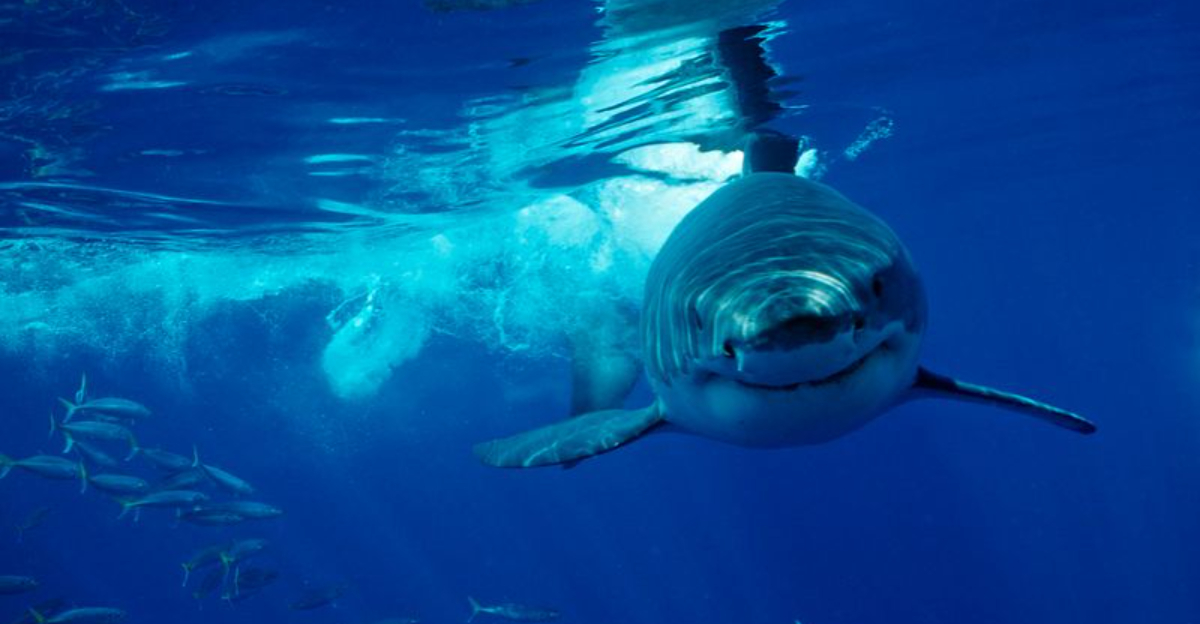
Ever wonder why your local aquarium lacks the majestic presence of the great white shark? It’s not just a matter of them being too big or too scary.
In fact, these sea creatures have a list of quirks and characteristics that make them unsuitable for aquarium life, despite their undeniable allure to marine enthusiasts.
From their massive roaming territories to their finicky eating habits, great whites pose unique challenges that aquariums just can’t accommodate.
1. Size Matters – Too Big To Fit
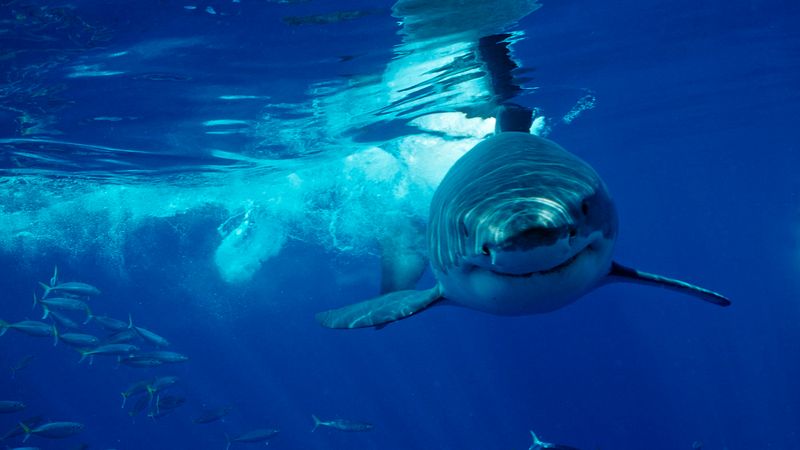
Imagine trying to fit a whale in your bathtub. Great whites can grow up to 20 feet long, making them too big for standard aquarium tanks.
Their need for vast, open waters is as crucial as it is impractical in captivity. Even the largest aquariums struggle to meet their spatial demands, which is why these ocean giants remain out of bounds.
2. Travel Buffs – Roaming Free Spirits
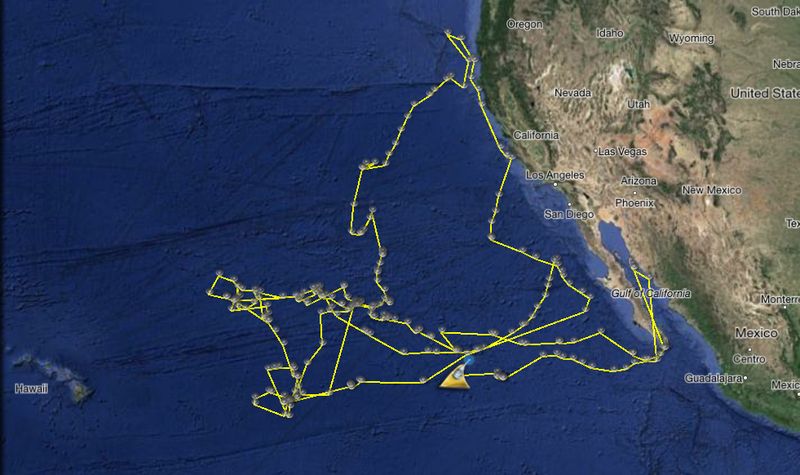
Great whites are like the ultimate backpackers of the sea. They travel thousands of miles across oceans, following migratory patterns that are impossible to replicate in captivity.
Their nomadic nature demands freedom, and keeping them in an aquarium would be akin to putting a globetrotter under house arrest. It’s not just about the space; it’s about their inherent need to roam.
3. Complex Diet – Picky Eaters
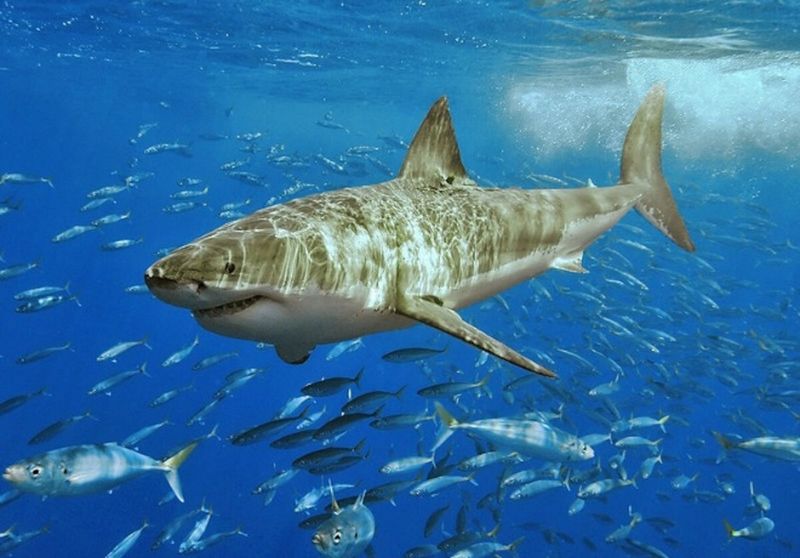
Dinner with a great white isn’t as simple as throwing in a fish fillet. These predators have a complex diet, requiring fresh, diverse prey like seals and large fish.
In captivity, replicating this diet is a logistical nightmare. Aquariums struggle to consistently offer the variety and quality needed, making it challenging to keep these picky eaters satisfied and healthy.
4. Health Concerns – Stress Sensitivity
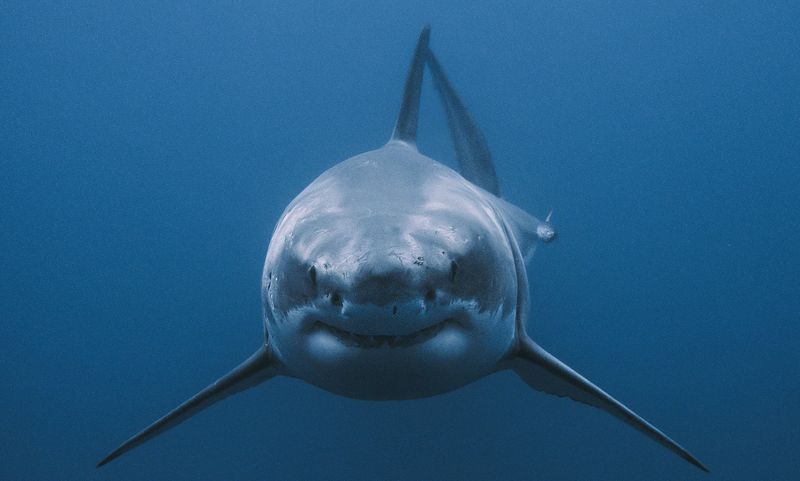
Stress can be a shark’s worst enemy, and great whites are particularly sensitive. Captivity often leads to heightened stress levels, affecting their health and behavior.
Unlike other marine species, great whites don’t adapt well to enclosed spaces, leading to potential health deterioration. Therefore, aquariums avoid the risk by not housing these sensitive giants.
5. Aggressive Tendencies – Unpredictable Behavior
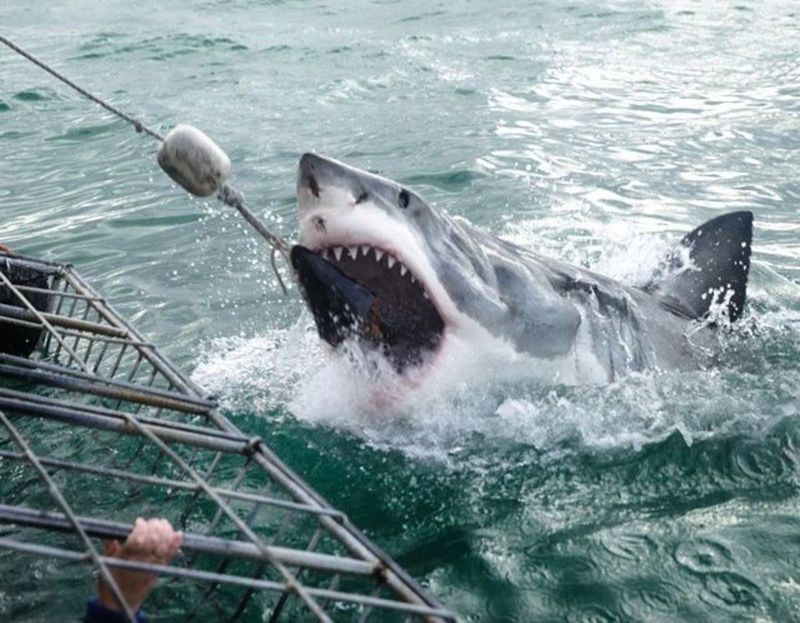
Think of great whites as oceanic rebels. Their unpredictable nature and potential for aggression make them difficult to manage.
In an aquarium, this could lead to dangerous situations for both the sharks and other marine life. Their wild instincts are better suited to the open ocean, where they can roam freely without causing havoc in a confined space.
6. Breathing Room – Need For Speed
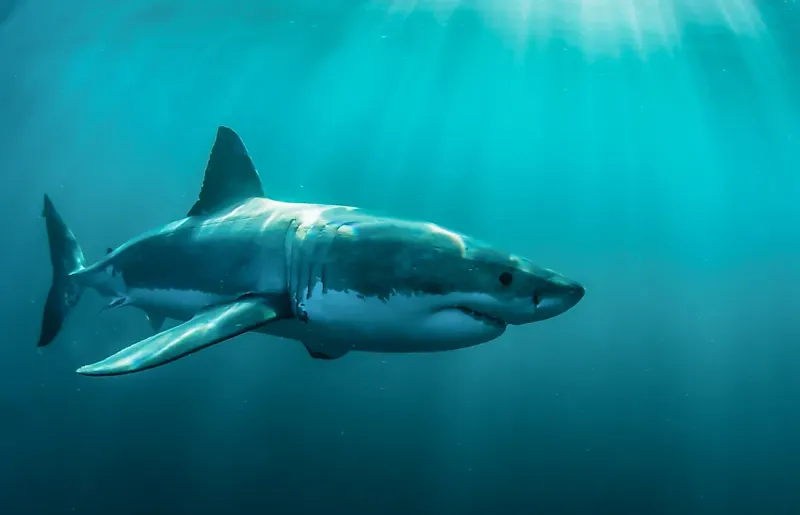
Great whites are speedsters of the sea, needing to swim constantly to breathe and maintain their buoyancy.
In an aquarium, their need for speed is restricted, leading to potential health issues. Without adequate space to swim rapidly, these sharks would struggle, making aquariums unsuitable homes for such dynamic creatures.
7. Loners At Heart – Solitary Nature
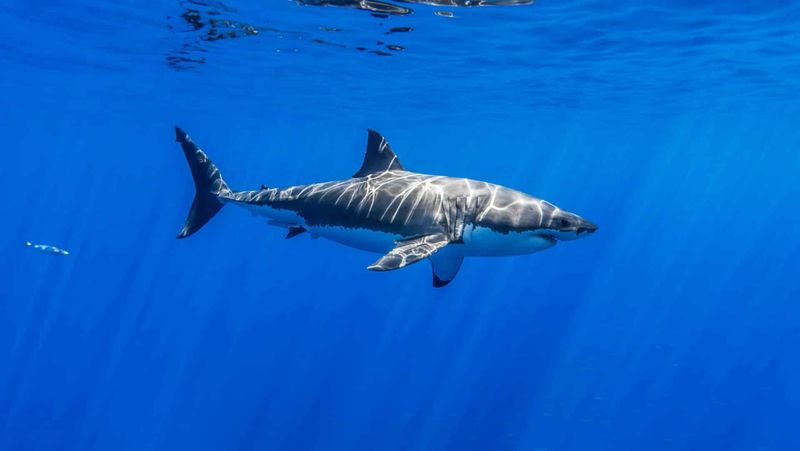
While some marine animals enjoy company, great whites are lone wolves. They prefer solitude, making them ill-suited for the social environments of aquariums.
Housing them with other creatures could lead to behavioral clashes. Their solitary instincts highlight the importance of their independence, a lifestyle that can’t be mirrored in captivity.
8. Temperature Needs – Chill Vibes Only
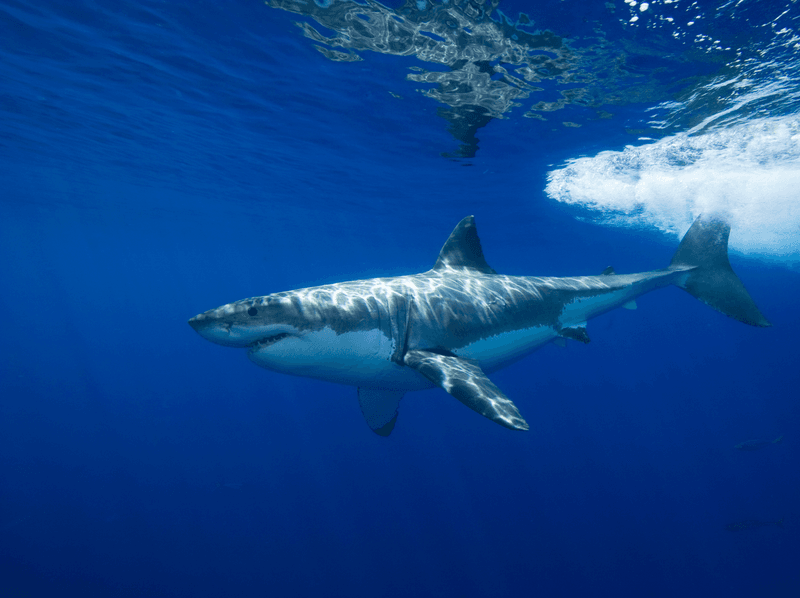
These sharks have a thing for chilly waters, thriving in temperatures between 54-75°F. Maintaining such conditions in an aquarium, especially for large tanks, is resource-intensive.
The precise temperature control required for their comfort adds another layer of complexity, steering aquariums away from housing these cold-loving creatures.
9. History Of Failed Attempts – Lessons Learned

History hasn’t been kind to attempts at housing great whites in aquariums. From short-lived stays to health declines, past endeavors have taught aquariums valuable lessons.
These experiences underline the impracticalities of such attempts, highlighting why keeping these majestic creatures in captivity is more trouble than it’s worth.
10. Public Perception – Fear Factor
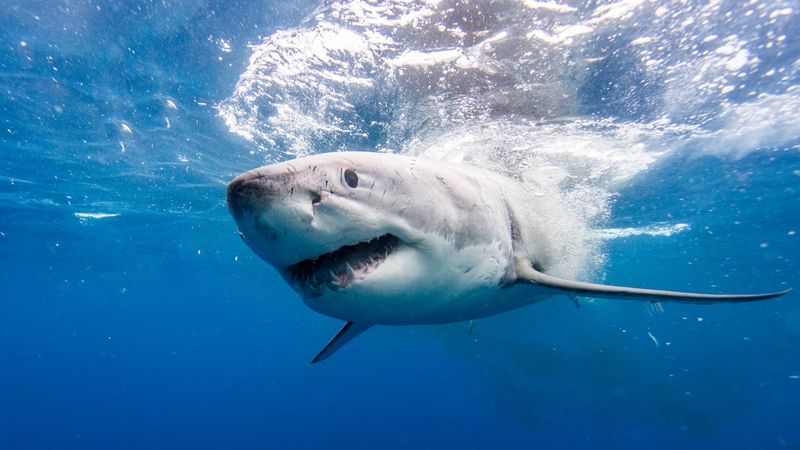
Despite their grandeur, great whites come with a built-in “fear factor.” Their portrayal in media as fearsome predators can deter aquarium visitors.
The challenge of managing public perception, alongside the practical difficulties of housing them, makes aquariums think twice before considering them as exhibits.
11. Ethical Concerns – Conservation Over Captivity
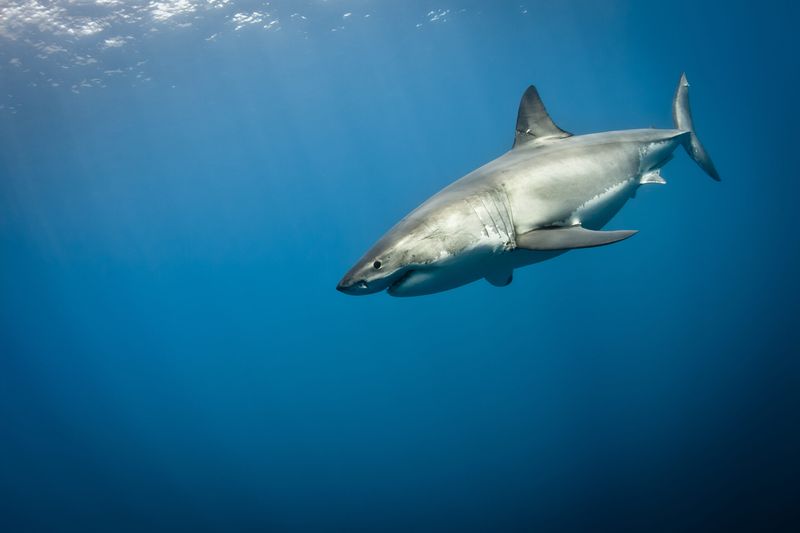
Conservationists argue that keeping great whites in captivity is ethically questionable. These apex predators play a vital role in ocean ecosystems, and their conservation is best supported in their natural habitats.
Aquariums often focus on educational initiatives that promote understanding and protection rather than confinement, aligning with broader conservation goals.
12. Monterey Bay Aquarium – Research And Release
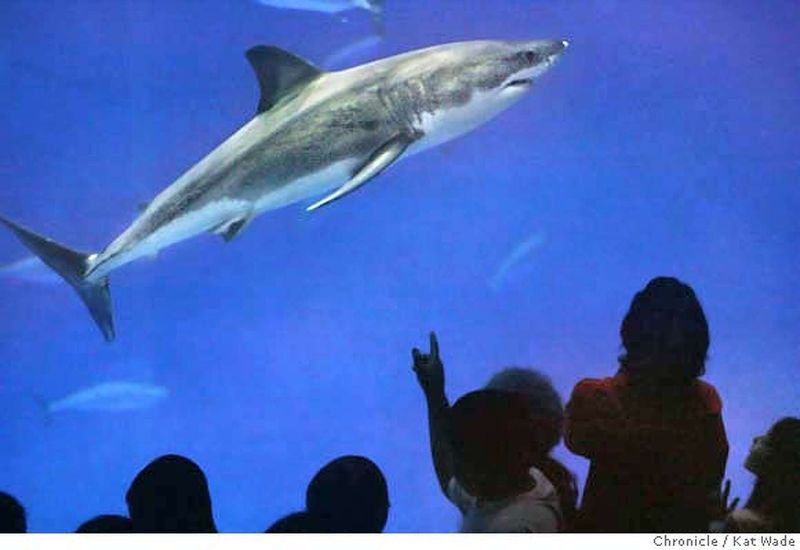
Monterey Bay Aquarium takes a unique approach by tagging and releasing great whites. Their focus is on research and understanding rather than permanent captivity.
This allows the sharks to remain in their natural environment while contributing valuable data to marine science. It’s a win-win—sharks stay free, and research progresses.
13. Neptune Islands, Australia – Natural Habitat
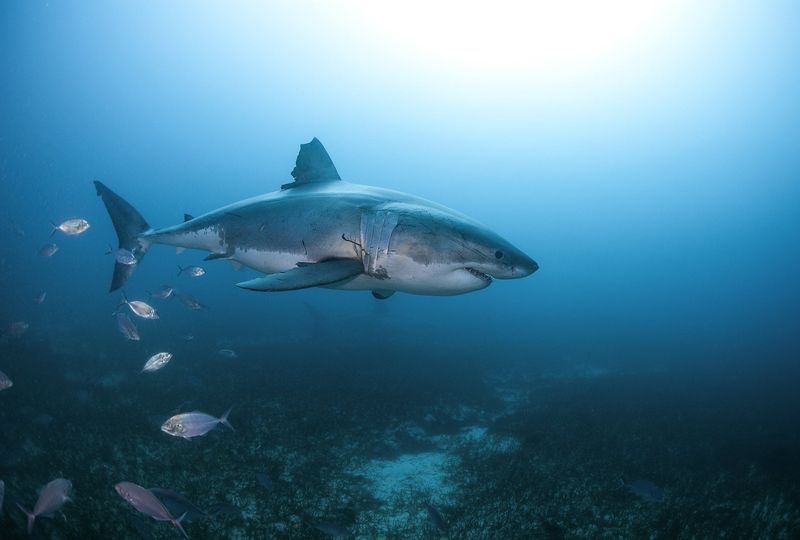
Neptune Islands offer a front-row seat to great whites in their natural habitat. Known for its clear waters and abundant marine life, it’s a prime location for shark enthusiasts. Here, the sharks swim freely, and visitors have the chance to witness their grace and power without the confines of an aquarium tank.
14. Guadalupe Island, Mexico – Close Encounters
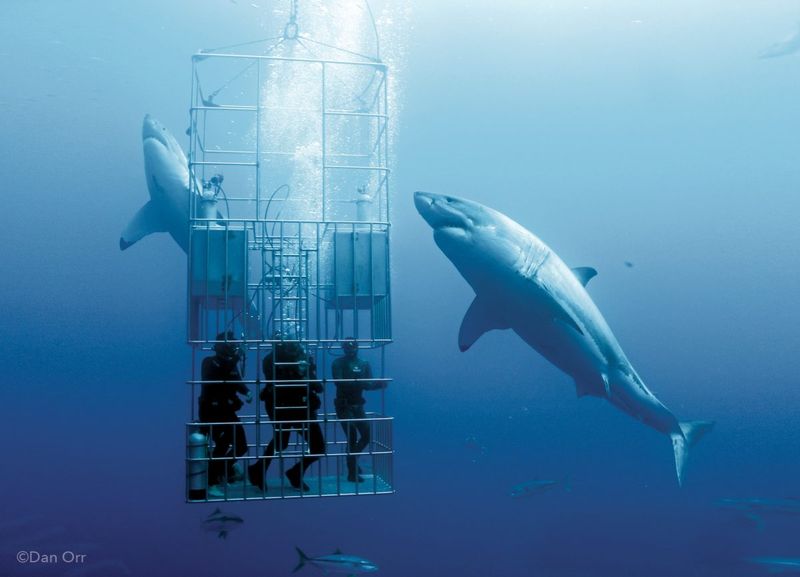
Guadalupe Island offers thrilling close encounters with great whites. Cage diving here provides an unforgettable experience, as visitors safely observe these magnificent predators in their natural setting.
The island is a renowned hotspot for shark watching, combining adventure with education about these incredible beasts.
15. False Bay, South Africa – Breaching Display
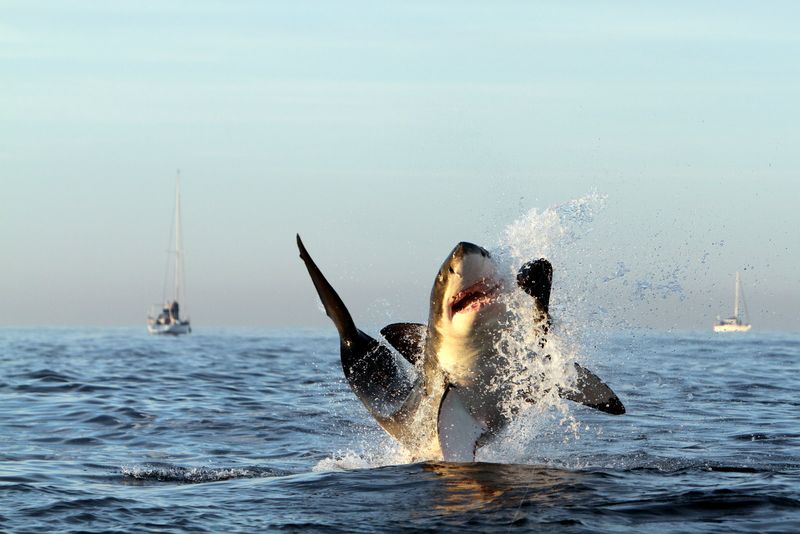
False Bay is famous for its breaching great whites, a spectacular natural display where sharks launch themselves out of the water.
This behavior is rarely seen elsewhere, making it a must-see for wildlife enthusiasts. Observing it firsthand offers a unique insight into the hunting prowess and agility of these fascinating creatures.






